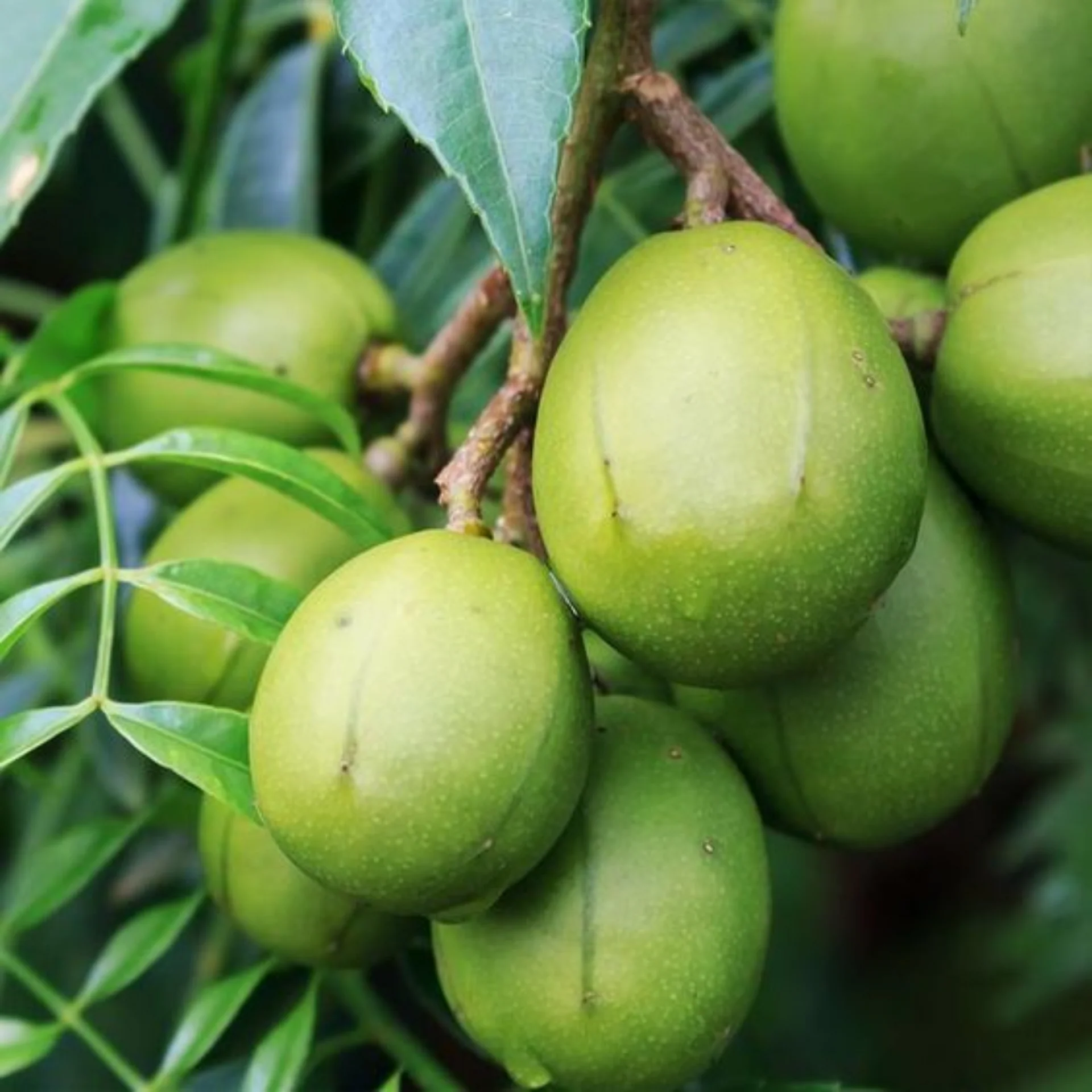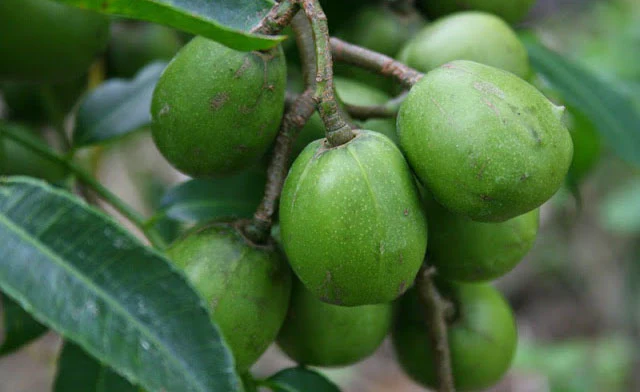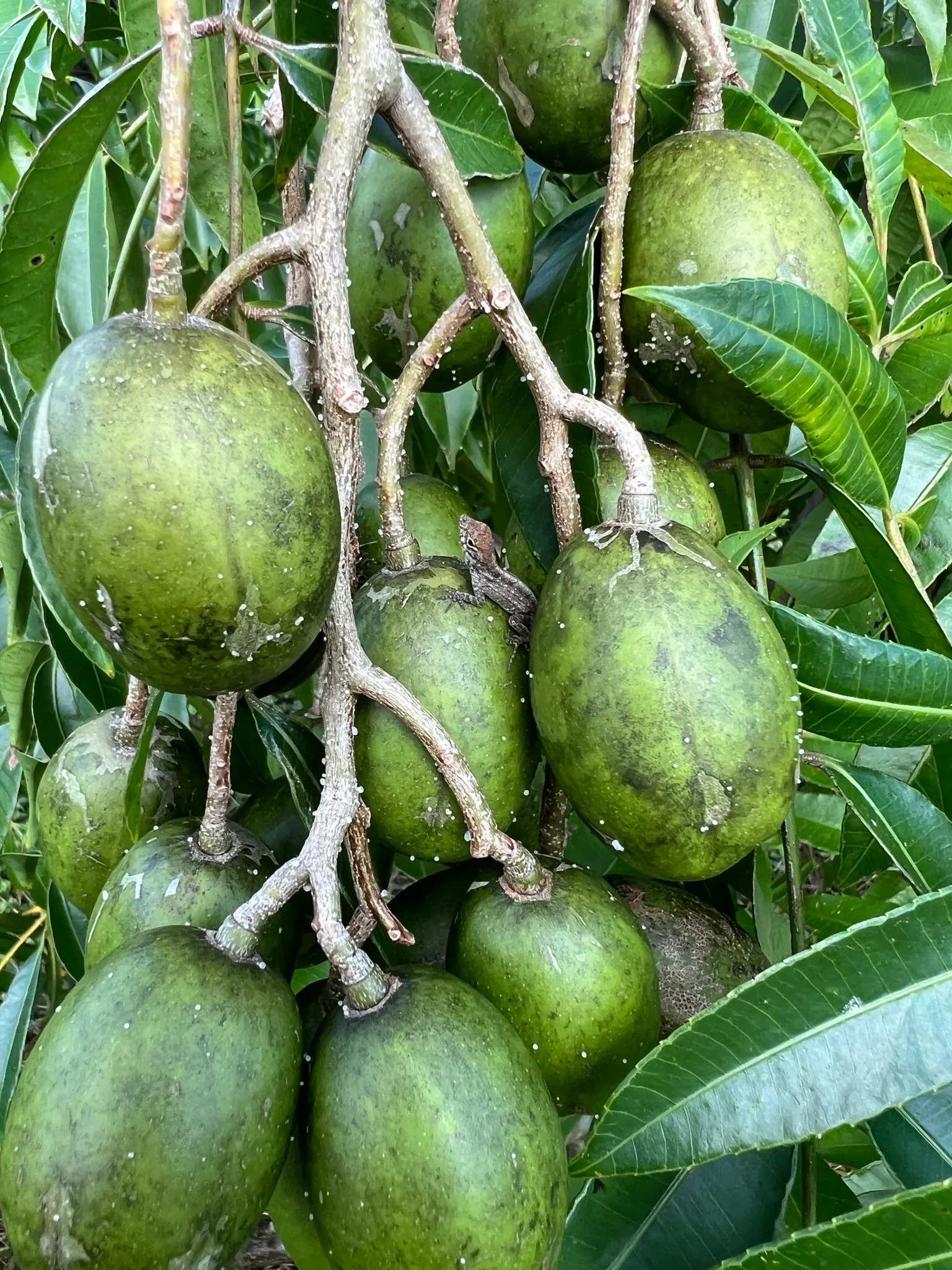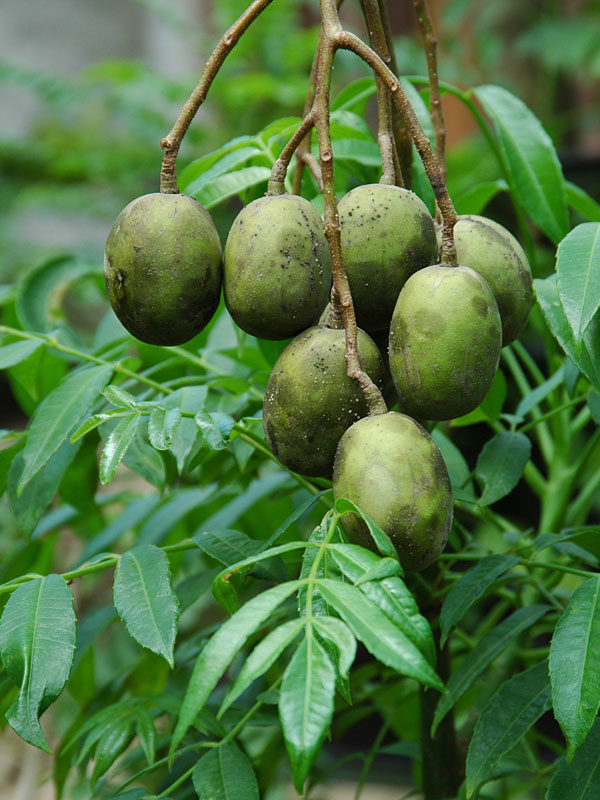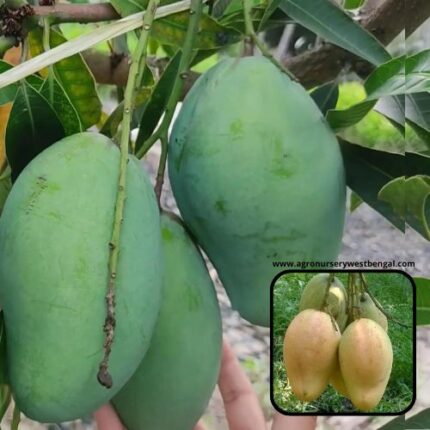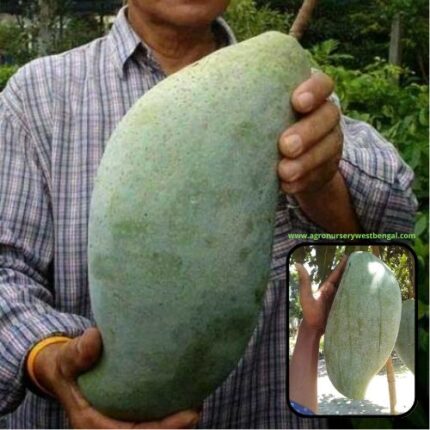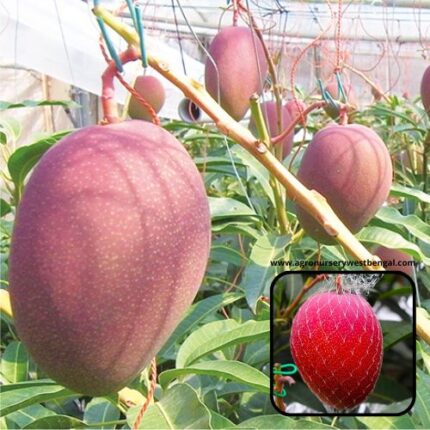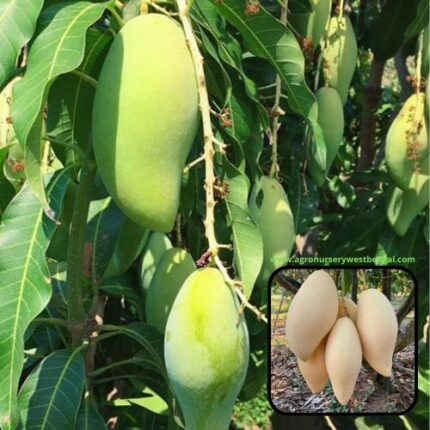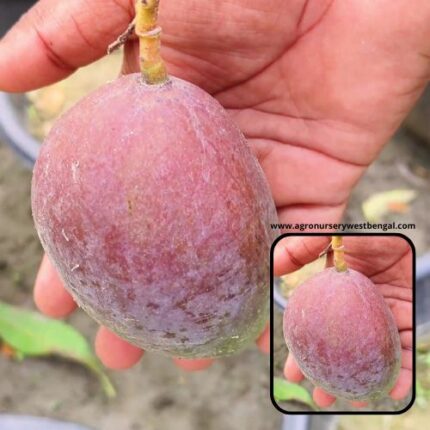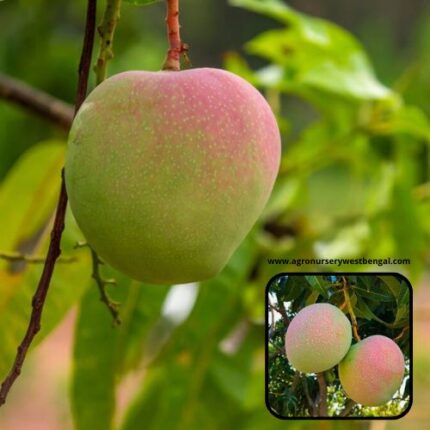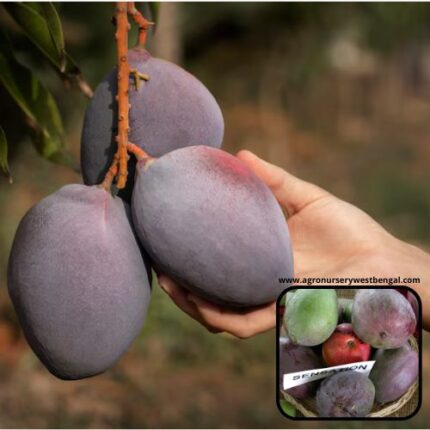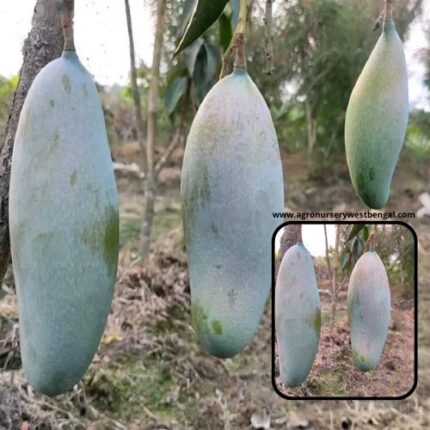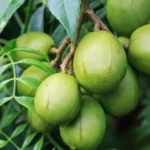

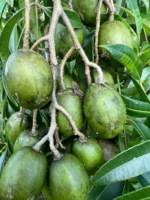
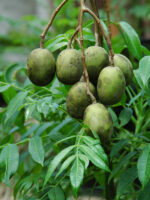
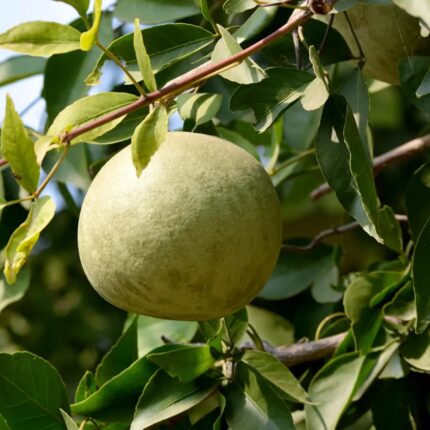
Thai BEL fruit plants
₹789 Original price was: ₹789.₹479Current price is: ₹479.
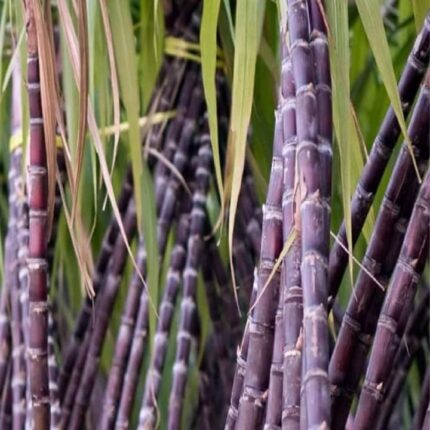
Philippine sugarcane plant
₹699 Original price was: ₹699.₹399Current price is: ₹399.
All time June plum fruit plants
₹899 Original price was: ₹899.₹489Current price is: ₹489.
Category: Fruit Plants
Description
“June Plum” is a fascinating tropical fruit known by many names across the globe, including Ambarella, Golden Apple, Otaheite Apple, Hog Plum, Jew Plum, and Kedondong. Its scientific name is Spondias dulcis, and it belongs to the cashew family (Anacardiaceae), making it a distant relative of mangoes.
Here’s a detailed description of the June Plum fruit:
-
Appearance:
- Shape and Size: June plums are typically oval to ellipsoidal, ranging from small to medium in size, usually around 6-9 cm (2.4-3.5 inches) long. They grow in dangling clusters of 12 or more fruits.
- Skin (Rind): The skin is thin, tough, and edible, though it can be somewhat bitter and tannic, especially when unripe. It transitions in color as it ripens. Initially green, it turns golden-yellow when fully mature. It’s common to see fruits at various stages of ripeness (green, yellow, or variegated) on the same tree. The skin may also bear some russeting.
- Internal Flesh: The flesh beneath the skin is firm and crunchy when unripe, becoming softer and more aqueous (juicy) as it ripens. Its color ranges from pale yellow to white.
- Seed/Pit: A distinct feature is the fibrous, somewhat spiky or hairy pit in the center of the fruit. This pit contains a few flat seeds. As the fruit ripens, the fibrous nature of the pit can extend into the surrounding flesh, making it a bit tougher to eat directly off the pit when fully ripe.
-
Taste and Texture:
- Taste: The flavor profile of June plum is complex and varies significantly with ripeness.
- Unripe (Green): When green and firm, the fruit is very crisp, dense, and has a pronounced tart, sour, and sometimes slightly astringent taste. It often carries a hint of sweetness and notes reminiscent of green apple or pineapple.
- Ripe (Golden-Yellow): As it ripens, the flesh softens, and the flavor becomes a balanced sweet-tart, mildly acidic, and distinctly tropical. Common flavor descriptions include a combination of pineapple, mango, soursop, and star fruit, with a musky aroma.
- Texture: The texture is a major draw. When unripe, it’s remarkably crisp and crunchy, similar to an apple. As it ripens, it becomes softer and juicier, though the fibrous pit can make the very center tough.
- Taste: The flavor profile of June plum is complex and varies significantly with ripeness.
-
Botanical Characteristics and Origin:
- The June Plum tree is a fast-growing, deciduous tree that can reach considerable heights (up to 20m or 60ft), though dwarf varieties are also common. It has a spreading canopy with pinnate leaves.
- It is native to coastal areas of Melanesia and Southeast Asia (Indonesia, Malaysia, Polynesia) and has been widely introduced and naturalized in tropical and subtropical regions worldwide, including the Caribbean (where it’s often called Golden Apple or Pommecythere), parts of Africa, and Central and South America.
-
Seasonality:
- In consistently humid tropical climates, June plums can flower and fruit year-round. In areas with a more pronounced dry season, flowering and fruiting tend to be more seasonal, often in the dry season. Fruits can take 6-8 months to mature.
-
Nutritional Value and Health Benefits:
- June plums are a nutritious fruit, providing a good source of:
- Vitamin C: Excellent for immunity and as an antioxidant.
- Vitamin A: Important for vision and skin health.
- Dietary Fiber: Aids digestion and can help with blood sugar regulation.
- Minerals like potassium, calcium, and iron.
- In traditional medicine, various parts of the plant, including the fruit, leaves, and bark, have been used for their purported benefits, such as treating diarrhea, aiding digestion, and as an anti-inflammatory.
- June plums are a nutritious fruit, providing a good source of:
-
Culinary Uses:
- June plums are remarkably versatile and can be consumed at any stage of maturity:
- Raw Consumption (Unripe): Often peeled, sliced, and eaten with a sprinkle of salt, sugar, chili powder, or various dipping sauces (like shrimp paste in Southeast Asia) to balance the tartness. They are popular additions to salads (e.g., Thai green papaya salad style) and savory dishes for their crunchy texture and tangy flavor.
- Raw Consumption (Ripe): The ripe, golden-yellow fruits are enjoyed fresh, often peeled and eaten like an apple, though the fibrous pit requires some navigation.
- Juices and Beverages: Excellent for making refreshing juices, smoothies, and syrups due to their vibrant flavor.
- Cooked Applications: Used in jams, jellies, preserves, chutneys, and sauces. Unripe fruits can also be used as a souring agent in soups and stews.
- June plums are remarkably versatile and can be consumed at any stage of maturity:
The June plum is highly valued in tropical cuisines for its unique sweet-tart flavor, crisp texture, and versatility in both raw and cooked preparations

